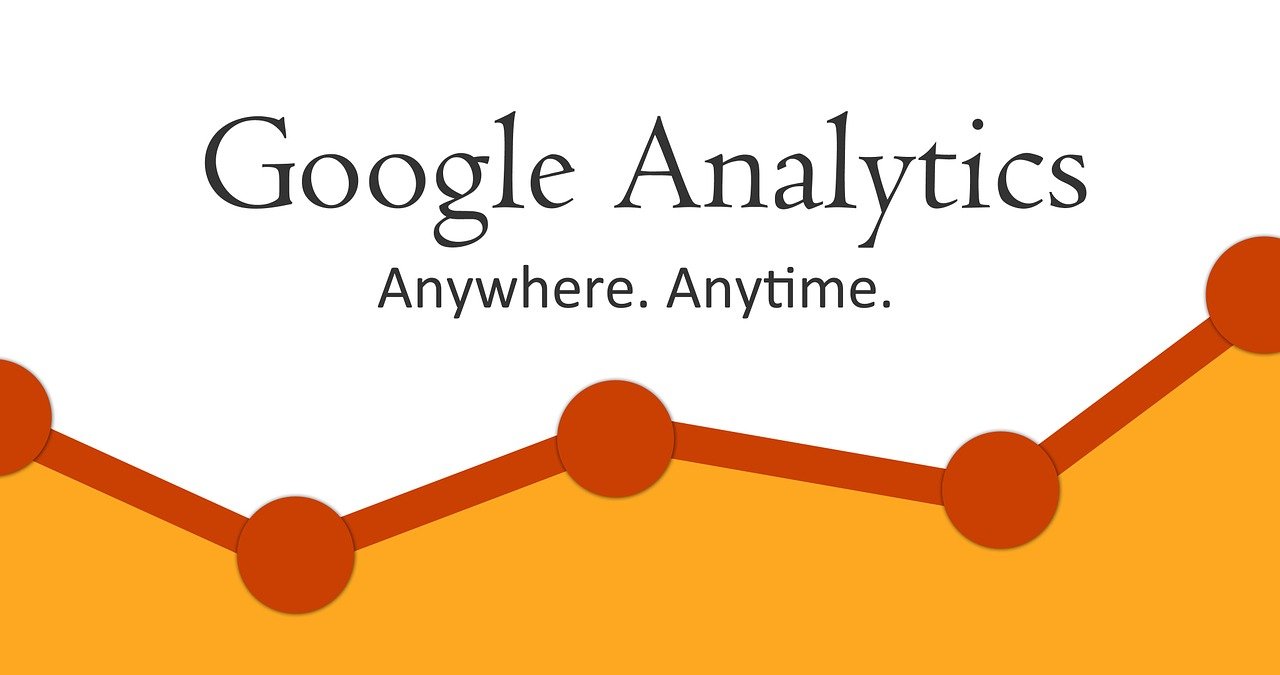
6 Helpful Google Analytics SEO Dashboards to Boost Traffic
Author : Hardeep Singh
June 6, 2025
Any digital marketing plan should include Search Engine Optimization. The ability to track SEO success is also crucial for ensuring that your SEO activities are paying off. A Google Analytics SEO dashboard can allow you to track your SEO analysis data quickly and efficiently, allowing you to spend fewer time digging through SEO information and more time delivering value to your clients.
Google Analytics is a useful method for gaining information on how people communicate with the website. Google Analytics, once enabled, gives you behind-the-scenes information regarding your site’s users, searches, session times, transition goals, and so much more.
Google Analytics provides you with a number of reports, some of which you can configure. However, if you’re a beginner, all of this knowledge can be confusing. However, once you’ve figured out how to use this versatile instrument, you’ll be able to use it to make the requisite changes to help your SEO rankings. Today, we will talk about 6 helpful Google Analytics SEO Dashboards to boost your traffic.
Why you should use A dashboard for your site?
- A dashboard is a user-friendly, adaptable, and effective monitoring platform.
- Google Analytics results may be a little sluggish at times, and they could be missing crucial details that you need to fully comprehend how your SEO initiatives are doing.
- All you have to do with a DashThis dashboard is connect your Google Analytics account, pick the indicators you want to watch, and we’ll take care of the rest. It’s never been easier to keep track of the SEO efforts.
-
Technology Report
The Technology Report gives you information on visitors’ browsers, operating systems, and networks. If you want to dig a little further, this report also includes details about the screen resolution, screen colors, flash edition, and Java support.
The Technology Report gives you valuable information about the website’s user interface and will help you figure out why people spend so much time on it.
Web pages that have a positive user interface are more likely to score well in search engines, and users are more likely to visit the website that provides a better user experience or is strongly recommended by search engines. In this way, both the user interface and SEO work together to give the web users the best possible experience.
-
Topic Specific Dashboard
This dashboard needs certain clarification, but it is extremely beneficial. This SEO dashboard will assist you in segmenting a particular subject (a product, service, blog topic, etc.) and seeing how the landing page(s) are doing.
The dashboard displays information about pages/posts on the web that feature “WordPress SEO,” and the opposite side displays information about “WordPress Themes.”
-
Queries Report
Google Analytics also includes Web Console Results, which includes data on organic search traffic as well as platform activity metrics such as bounce rates, views, and impressions.
According to Search Engine Land, the difference between Search Console data and Google Analytics information is that Search Console offers click data, which indicates it only records clicks to your site that come from the Google search engine, while Google Analytics records traffic from all sites.
The Queries Report is one of the most valuable Google Analytics SEO dashboards because it shows you exactly what words users use to find your website. This study will be used to compare brand vs. non-brand searches.
Except for brand impressions and clicks, as per Search Engine Journal, reveals the true extent/visibility of the SEO efforts. Simultaneously, analyzing brand-only searches will reveal if the brand’s intensity is increasing over time.
-
Page Load Time Report
This is important for all websites, not just e-commerce ones. Page load times influence not only exchange rates but also the overall user experience, which has an effect on the page rankings for every kind of site. If you’re investing a lot of time and resources into improving your SEO and keyword scores, don’t forget about page load times.
The Page Load Time Report will assist users with this. The very first step in deciding whether you intend to make any improvements to your website is to do an inspection. Go to Behavior > Site Speed > Page Timings to see the report.
You can adjust the headings to match the parameters you want to compare, but we recommend stacking Average Page Load Time against percent Exit.
-
All Pages Report
Why is the All Pages Report so important? Apart from page views and bounce rates, the All Pages Report will provide you with a wealth of information.
Page value is a measure that uses your target conversion data (which you’ll have to set up inside Google Analytics) to decide which pages generate the most financial value for your website.
You should also look at the Entrants and percent Exit indicators to see which sites users are visiting and leaving the site from. You should look at the Landing Pages chart, which is similar to the All Pages Report, to see what material gets users to the website (and the first page they see).
-
Traffic Acquisition Report
The Traffic Acquisition Report provides an outline of traffic creation, starting with web traffic. It keeps track of the number of participants, the length of each session, and the conversion rate. In your Google Analytics preview, you can see detail about traffic acquisition. More specific details can be found by going to Acquisition > All Traffic > Source/Medium.
Via behavior and conversion analysis, the Google Analytics Acquisition Overview report helps you to assess the efficiency of different traffic sources (channels). The Acquisition-Behavior-Conversion (ABC) loop is depicted in the study, which illustrates how the website acquires visitors, their behavior on the platform, and the road to conversion.
These are the 6 Google Analytics dashboards to boost traffic for your website. Do use google load speed or gmetrix.com for auditing your site speed. Do check out our previous posts.












